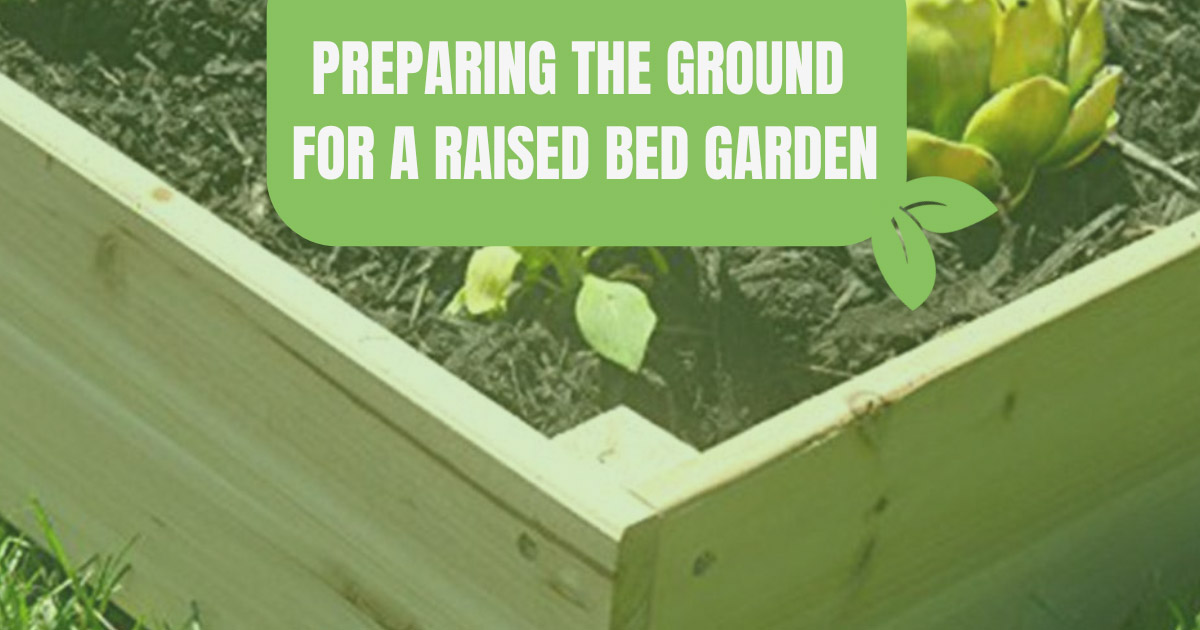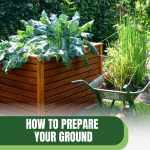
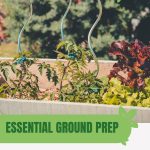
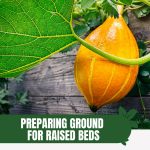
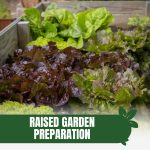
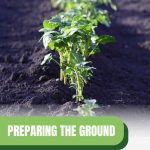
Preparing the ground for a raised bed garden is the first crucial step towards a successful and bountiful gardening season.
With years of experience in the field, we understand the importance of selecting the right location, ensuring proper soil composition, and establishing a sturdy frame for your garden. This article will guide you through each essential phase, from clearing and leveling your chosen spot to filling your beds with nutrient-rich soil.
We aim to equip you with the knowledge and confidence needed to create a thriving raised bed garden that will yield healthy plants and abundant harvests.
Preparing the ground for a raised bed garden
Step 1: Choose the perfect spot
From our experience, the right location is crucial for a thriving garden. Sunlight is non-negotiable; your plants will need at least six hours of direct light each day to flourish. Equally important is the drainage of your chosen spot.
Opt for a slightly elevated or completely level area to prevent any waterlogging, which can be detrimental to plant health. Remember, the success of your garden starts with its location.
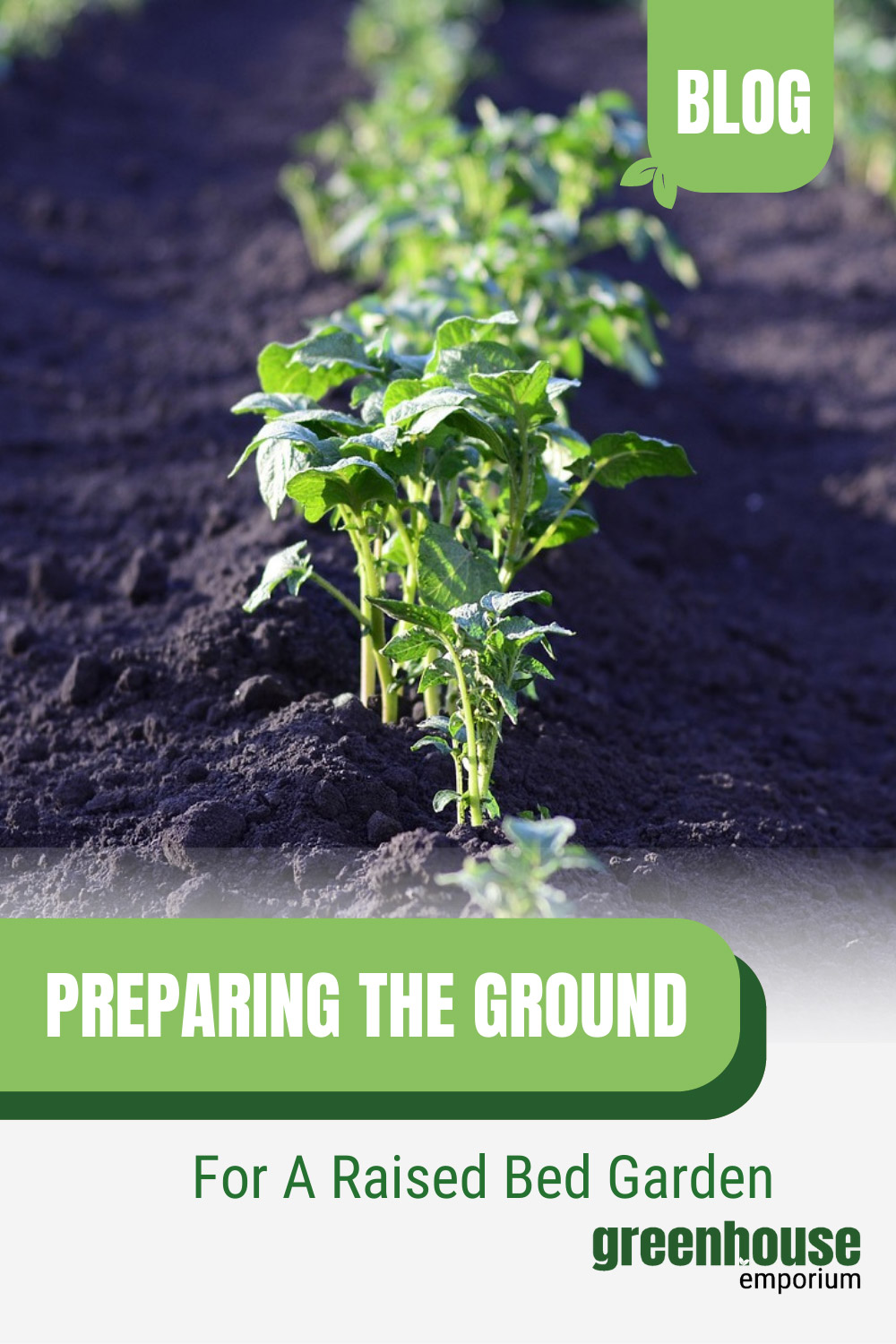
Step 2: Clear and level the ground
A clean and level foundation is key. Start by removing any weeds, grass, or debris from the area. This not only prevents future growth of unwanted plants but also ensures nothing hinders your garden’s development.
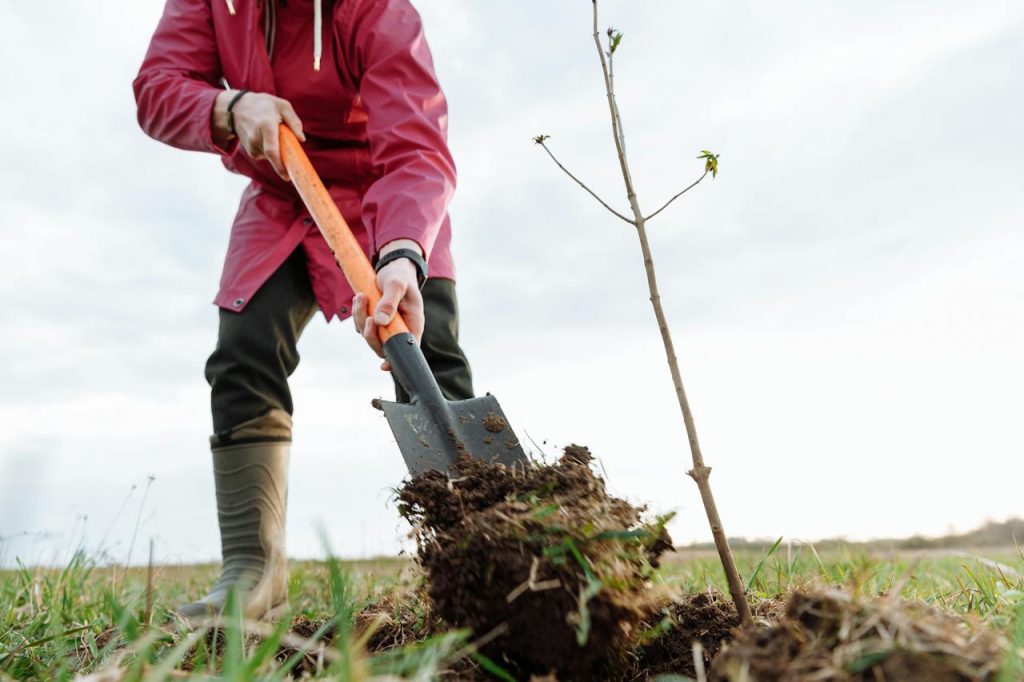
Using a garden fork or spade, turn the soil to loosen it, which will improve drainage and facilitate the installation of your raised bed frame. Achieving a level ground may require some effort, but it’s a critical step to ensure the stability of your raised bed.
Step 3: Lay a weed barrier
A weed barrier is your garden’s first line of defense. By laying down a layer of cardboard or landscape fabric at the bottom of your raised bed, you can prevent weeds and grass from infiltrating your garden.
After trying it out ourselves, we’ve found that this simple step is a game-changer, ensuring your garden remains pristine and reducing maintenance down the line. Plus, these materials allow for proper water drainage, keeping your garden’s ecosystem balanced.
Step 4: Set up your raised bed frame
Establishing a solid foundation for your garden begins with selecting the right raised bed frame. At Greenhouse Emporium, we offer a variety of raised beds designed to meet the needs of every gardener.
Our frames are crafted from durable materials like cedar and redwood, known for their natural resistance to decay and pests. Each frame is engineered for stability and ease of assembly, ensuring your garden has a robust and level base.
Choosing a raised bed from Greenhouse Emporium not only saves you the hassle of building one from scratch but also guarantees a quality foundation for your garden’s success.
Step 5: Fill with quality soil
The soil you choose is the lifeblood of your garden. A blend of topsoil, compost, and organic matter is the best raised bed filler and creates the perfect environment for your plants to thrive.
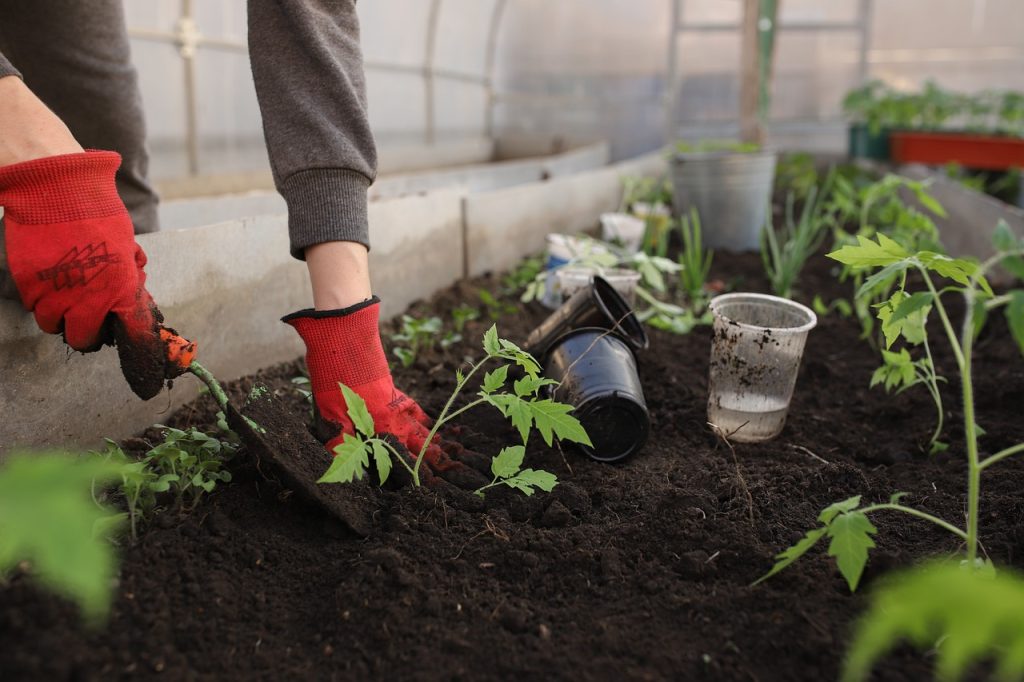
We recommend a mix of 60% topsoil to 40% compost for optimal results. Investing in high-quality soil is investing in the future success of your garden, so don’t compromise on this crucial component.
Step 6: Water and settle the soil
After filling your raised bed, a thorough raised beds watering is necessary. This step helps to settle the soil, eliminating any air pockets that may have formed during the filling process.
If you notice the soil level has decreased after watering, simply add more soil mix. Our experience has shown us that properly settled soil ensures a stable and nurturing environment for your plants to root in.
Step 7: Plant and mulch
With the groundwork laid, it’s time to bring your garden to life. Plant your chosen flora according to their specific spacing and season requirements. If you’re planting in fall, we recommend checking out our guide on fall raised bed planting.
Following planting, a layer of organic mulch, such as straw or shredded leaves, can significantly benefit your garden. Mulch helps to retain soil moisture, regulate temperature, and suppress weed growth, all while gradually adding nutrients back into the soil as it decomposes.

FAQs about preparing the ground for a raised bed gardening
Can I place a raised bed garden on concrete or pavement?
Yes, you can place a raised bed on concrete or pavement, but it’s important to ensure proper drainage. Consider adding a bottom layer with drainage holes to your raised bed and use a high-quality soil mix to promote healthy plant growth.
How often should I replace the soil in my raised bed garden?
Generally, you don’t need to replace all the soil in your raised bed. Instead, rejuvenate it annually by freshly filling raised beds with compost. This practice maintains soil fertility and structure, supporting continuous healthy plant growth.

